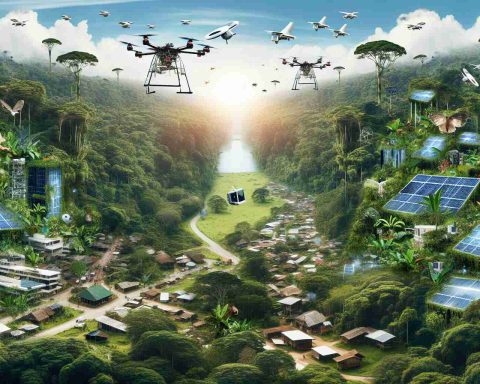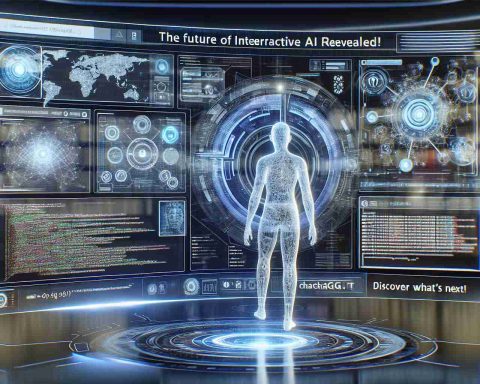Five individuals have been implicated in the creation and dissemination of manipulated images of underage girls in a city in southern Spain. The illegal activities involved the use of cutting-edge technology to alter photographs and share them via messaging platforms.
The group, consisting of both adults and minors, utilized artificial intelligence software to modify images of young girls known to them, removing their clothing. These digitally altered images were then circulated on popular social media networks, inflicting significant emotional and social harm on the victims. The realistic nature of the pictures made it challenging to discern between genuine and manipulated content.
The authorities were alerted to the crimes after the parents of one victim reported the situation, triggering an investigation by law enforcement agencies. Once all the involved parties were identified, their information was handed over to the judicial system for further action.
This case underscores the misuse of technological advancements for illicit purposes, emphasizing the importance of safeguarding minors online and prosecuting those responsible for such reprehensible actions.
Major Concerns Surrounding the Use of Artificial Intelligence in Creating Manipulated Images of Minors
In light of the recent incident involving the creation and dissemination of manipulated images of underage girls using artificial intelligence technology, there are several crucial questions that arise, along with associated challenges and controversies.
Key Questions:
1. How prevalent is the use of artificial intelligence in generating manipulated images of minors?
– The exact extent of this disturbing trend remains unknown, but cases like the one in Spain indicate a growing concern.
2. What measures can be implemented to detect and prevent the spread of such illicit content?
– Developing advanced algorithms and tools to identify manipulated images and collaborating with technology companies are possible solutions.
3. What legal ramifications should individuals face for creating and sharing such content?
– Clear guidelines and strict penalties need to be established to deter individuals from engaging in such harmful activities.
Key Challenges and Controversies:
1. Ensuring Privacy and Security:
– Balancing the use of artificial intelligence for positive advancements while safeguarding privacy and preventing misuse is a significant challenge.
2. Ethical Implications:
– The ethical implications of using AI to create manipulated images raise concerns about consent, exploitation, and the impact on victims.
3. Regulatory Oversight:
– The lack of comprehensive regulations and oversight in the realm of AI technology poses challenges in addressing and combating such illicit activities.
Advantages and Disadvantages:
Advantages:
– Efficiency: AI technology can help identify and remove harmful content more quickly than manual moderation.
– Innovation: AI tools can be used to develop solutions for detecting and preventing the spread of manipulated images.
Disadvantages:
– Misuse: The same AI technology used for positive purposes can be exploited by malicious individuals for harmful activities.
– Accuracy: Challenges in accurately detecting manipulated content using AI algorithms can lead to false positives or negatives.
For more information on addressing online safety and combating illicit activities involving AI technology, visit here.
















